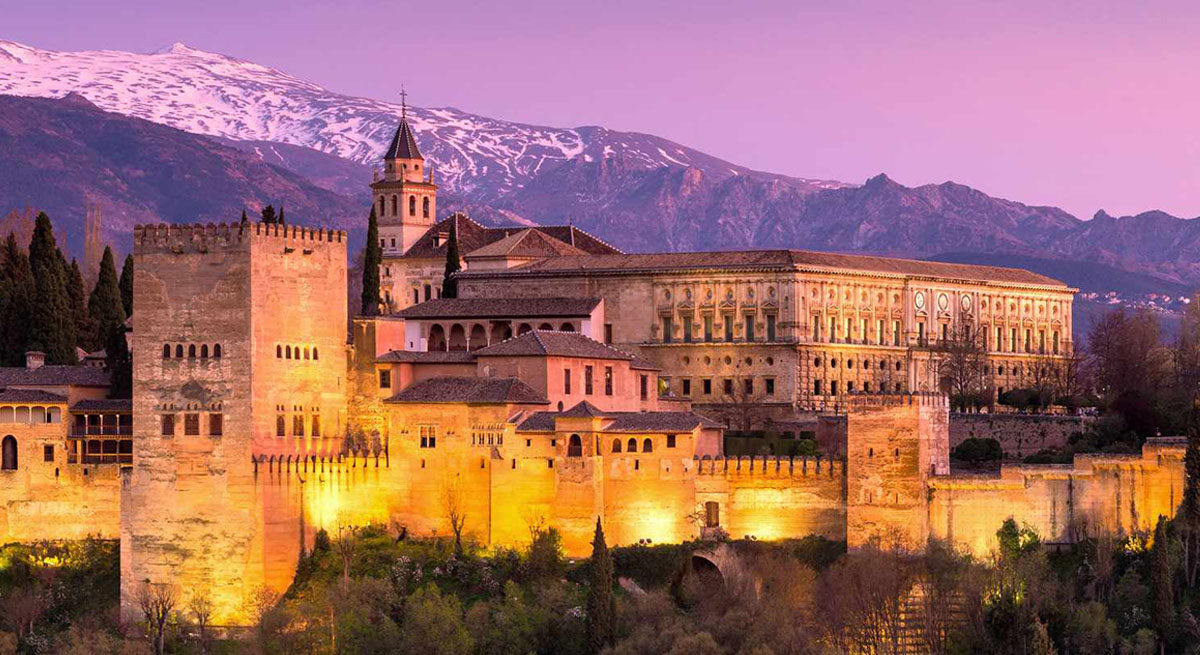The Art of Granaínas, a Flamenco Treasure
Flamenco is a vibrant and multifaceted art form that has captivated audiences worldwide with its passion, rhythm, and emotion. Rooted in the cultural tapestry of Andalusia, Spain, flamenco is more than just music and dance; it is a profound expression of human experience. Among its many styles, or palos, the granaínas stand out for their haunting beauty and unique characteristics. Here I intend to explore the essence of the granaínas style, tracing its origins, features, and its place within the rich world of flamenco.
Origins of Granaínas
The granaínas derive their name from Granada, the historic Andalusian city known for its Moorish influences and rich cultural heritage. Although it is deeply associated with flamenco, granaínas originated as a form of fandango. The transformation of fandangos into flamenco styles involved a process of adaptation, where traditional folk melodies were infused with the deep, emotive qualities characteristic of flamenco.
In its evolution, granaínas became distinct from other flamenco palos. Unlike many styles that are accompanied by rhythmic hand clapping (palmas) or dance, granaínas are often performed as a solo vocal piece (cante) or with minimal guitar accompaniment. This makes the style particularly introspective and suited to conveying deep emotion.
Musical Characteristics
One of the defining features of granaínas is its free rhythm, or compás libre. Unlike rhythmic flamenco styles such as bulerías or soleá, granaínas do not adhere to a strict beat. This gives the singer and guitarist the freedom to explore expressive nuances, creating an intimate and almost meditative atmosphere.
The melody of granaínas is typically plaintive and adorned with intricate vocal ornamentation. The singer (cantaor or cantaora) often employs melismatic phrases, where single syllables are sung over multiple notes. These vocal flourishes evoke a sense of yearning and melancholy, capturing the listener's heart.
Guitar accompaniment in granaínas is equally evocative. The guitarist (tocaor) employs techniques such as arpeggios and tremolos to create lush, harmonic textures. The interplay between voice and guitar is a hallmark of the style, with each enhancing the other's emotional depth.
Themes and Emotion
The lyrical themes of granaínas often revolve around longing, loss, and the beauty of Granada itself. The lyrics are poetic, drawing on imagery of the Alhambra, the Sierra Nevada mountains, and the rich cultural history of the region. These elements create a deep connection to place, imbuing the music with a sense of timelessness.
Emotion is at the core of granaínas. The style demands a high degree of sensitivity and technical skill from performers. Singers must convey vulnerability and strength simultaneously, while guitarists must provide a supportive yet expressive accompaniment. This balance between raw emotion and refined artistry is what makes granaínas so compelling.
Granaínas in the Flamenco Repertoire
While granaínas are not as commonly performed as some other palos, they hold a special place in the flamenco repertoire. Renowned singers such as Antonio Chacón and Enrique Morente have left indelible marks on the style, each bringing their unique interpretations. Modern performers continue to explore granaínas, blending traditional elements with contemporary influences.
In live performances, granaínas often serve as a moment of introspection. Amid the energetic rhythms of other palos, the free-flowing and contemplative nature of granaínas provides a contrasting emotional depth. It is a chance for performers and audiences alike to connect with the soul of flamenco in its purest form.
Preserving a Cultural Legacy
The enduring appeal of granaínas lies in its ability to convey universal emotions through a uniquely Andalusian lens. As with all flamenco styles, the preservation and evolution of granaínas depend on the dedication of performers, educators, and enthusiasts. Through festivals, recordings, and cultural initiatives, this exquisite style continues to inspire new generations.
Whether you are a lifelong flamenco aficionado or a newcomer to the genre, exploring the world of granaínas offers a profound glimpse into the artistry and heart of flamenco. It is a reminder that music, at its best, transcends boundaries and speaks to the shared human experience. So next time you hear the mournful strains of a grangranaínasaínas, let it transport you to the timeless beauty of Granada and the soul of Andalusia.



